Your cart is currently empty!
Clay
-
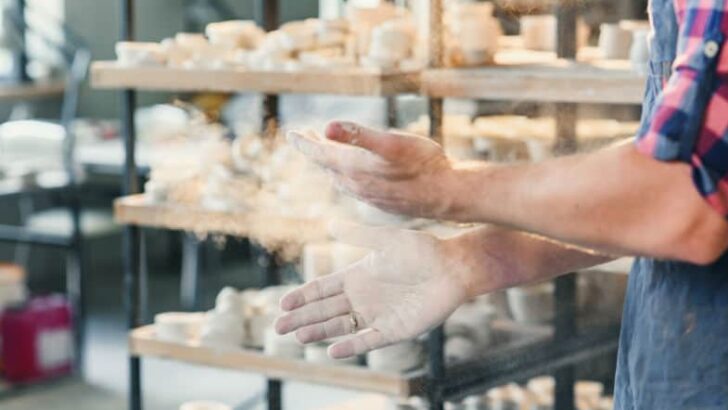
How to Clean Up Clay Dust – Keep Your Pottery Space Safe
Pottery clay starts to dry out as soon as it comes out of its plastic bag. As it dries, clay particles form clay dust. It is unavoidable that if you use clay you will be exposed to some amount of clay dust. As potters have become increasingly aware of environmental hazards, they have wanted to…
-
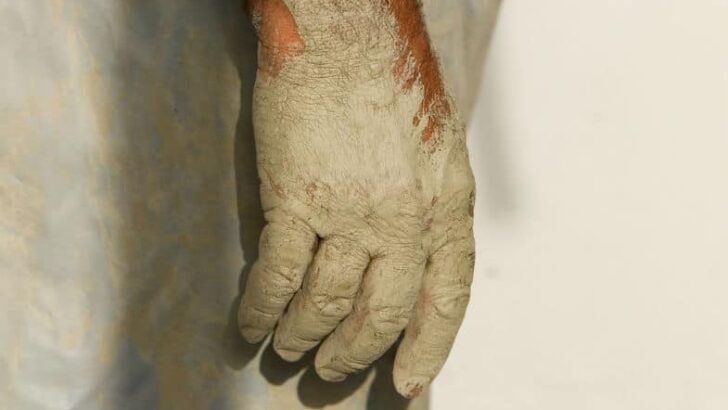
Dry Hands from Pottery Clay – 10 Tips for Skin and Nails
My hands are in and out of clay all day, and if I don’t make an effort to look after them, they can become very dry. In this article, we’ll look at some of the things you can do to avoid getting dry hands from pottery clay. Disclaimer – Before we go on, I wanted…
-
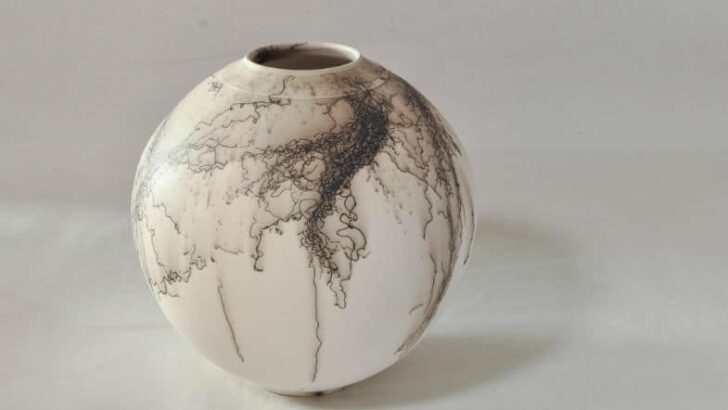
The Best Clay for Raku Pottery – Choosing a Raku Clay
When I started looking into raku firing, I was keen to avoid my pottery cracking as it cooled. I knew that it was common for potters to lose their work as it was taken from the raku kiln. So, I started to look into what might be the best clay for raku pottery, and this…
-
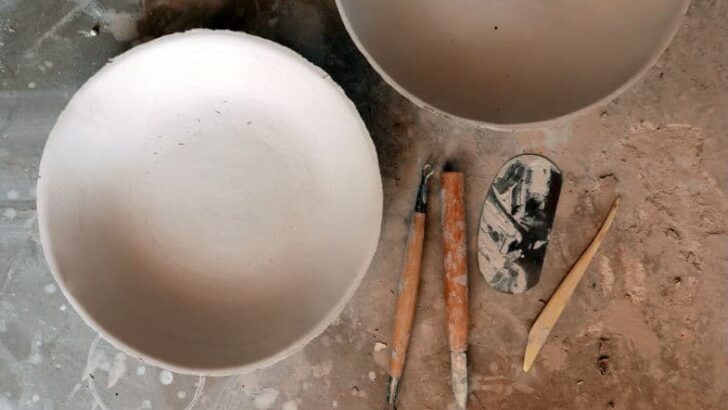
3 Ways to Rehydrate Bone Dry Clay Pots – What Works?
There are a few situations where you might need to rehydrate bone dry clay. Perhaps you have a bag of unused clay that has dried out in a big block. Maybe you have some dry unused clay scraps, or perhaps your pottery has become too dry to trim. Either way, there are some simple ways…
-
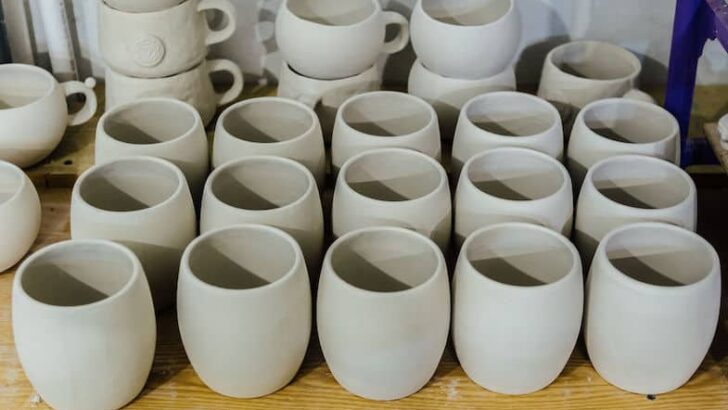
Can Slip Be Used on Bone Dry Clay? You’ll be Surprised
Clay slip is made from a mixture of clay and water. It’s the magic tool in pottery that allows you to join pieces of clay, decorate them, and also to mend your pots now and then. But can slip be used on bone dry clay, or does your clay need to be fresh or leather…
-
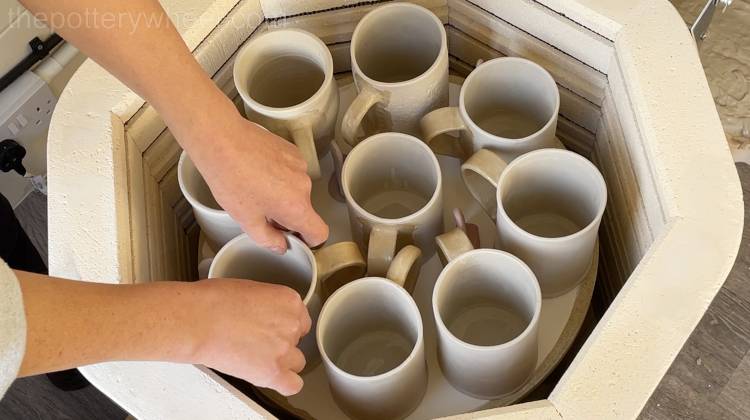
What is Bone Dry Clay? And How To Tell If Clay is Bone Dry
To survive the firing process, your pottery needs to be bone-dry clay. Firing damp pottery can cause it to explode in the kiln. But what does bone dry mean and how can you tell if your clay is dry enough to fire? Clay is bone dry when it has lost all the moisture it possibly…
-
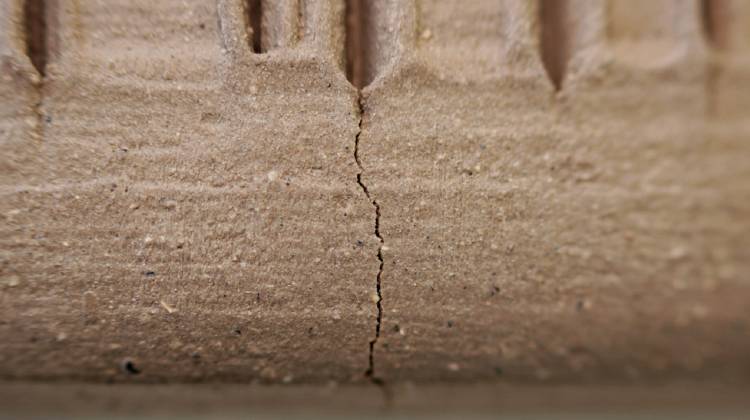
8 Reasons Pottery Clay Cracks When Drying & Solutions
Pottery clay cracks when drying if some parts of the piece dry out more quickly than others. When clay dries, it shrinks. If one part of the clay is shrinking faster than the other, this puts an internal strain on the pottery. The clay cracks to cope with the strain.
-
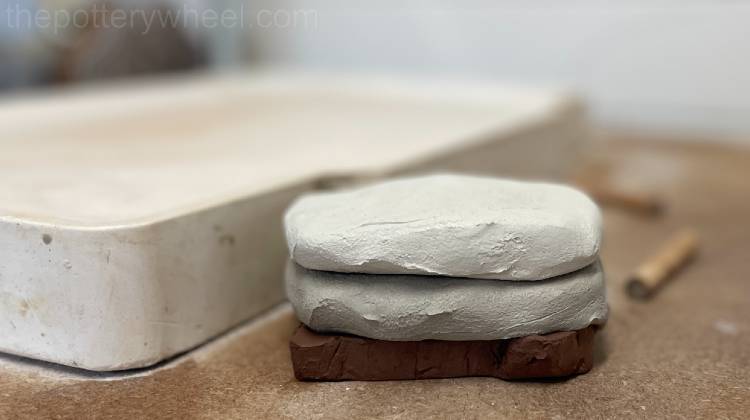
Can You Mix Different Types of Clay? Combining Clay
There are lots of different types of clay and a range of clay bodies to choose from. But, can you mix different types of clay together? Will it create a lovely clay cocktail or a clay catastrophe? Yes, you can mix different types of clay. But, these clays must fire at a similar temperature and…
-
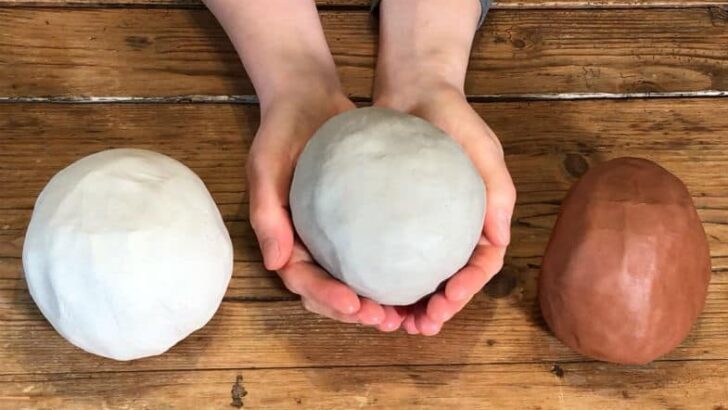
Best Pottery Clay for Beginners | Choosing the Right Clay
Choosing the best pottery clay can feel daunting for beginners. This article has pictures, a video, and a FREE checklist to help you make the best choice.
-
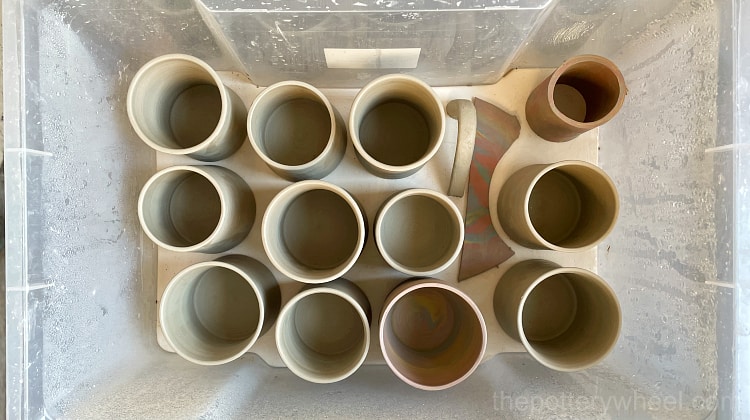
How to Make a Damp Box For Clay
Life is busy and having somewhere to store half-finished pottery for a week or a few days is handy. You may have heard about a helpful piece of pottery kit called a damp box and wondered what it is. In this article, I will go through what it is and how to make a damp…
-
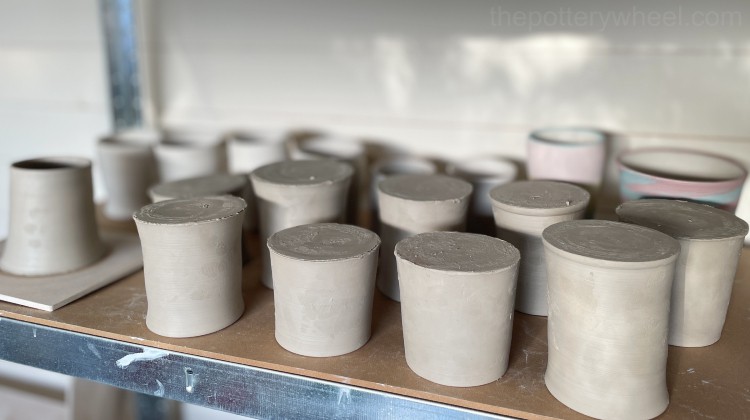
How Long Does it Take for Pottery Clay to Dry?
When you’ve worked hard on a piece of pottery, you want it to survive the drying process. You may have been told to dry your pots slowly so they don’t crack or warp. But how slow should you go? And how long does it take for pottery clay to dry? Pottery clay usually takes about…
-
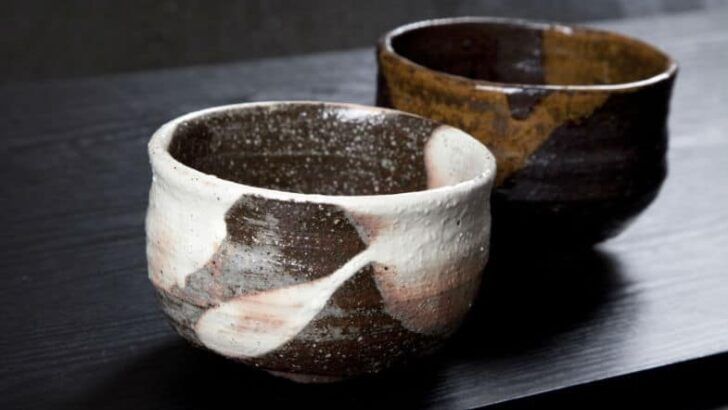
What is Grog in Pottery?
You may have noticed that some clay bodies contain something called grog. But what is grog in clay and why is it important when we make pottery? Grog is a gritty material that gives the clay strength which can make it easier to throw and hand build. It reduces clay shrinkage and cracking which makes…
